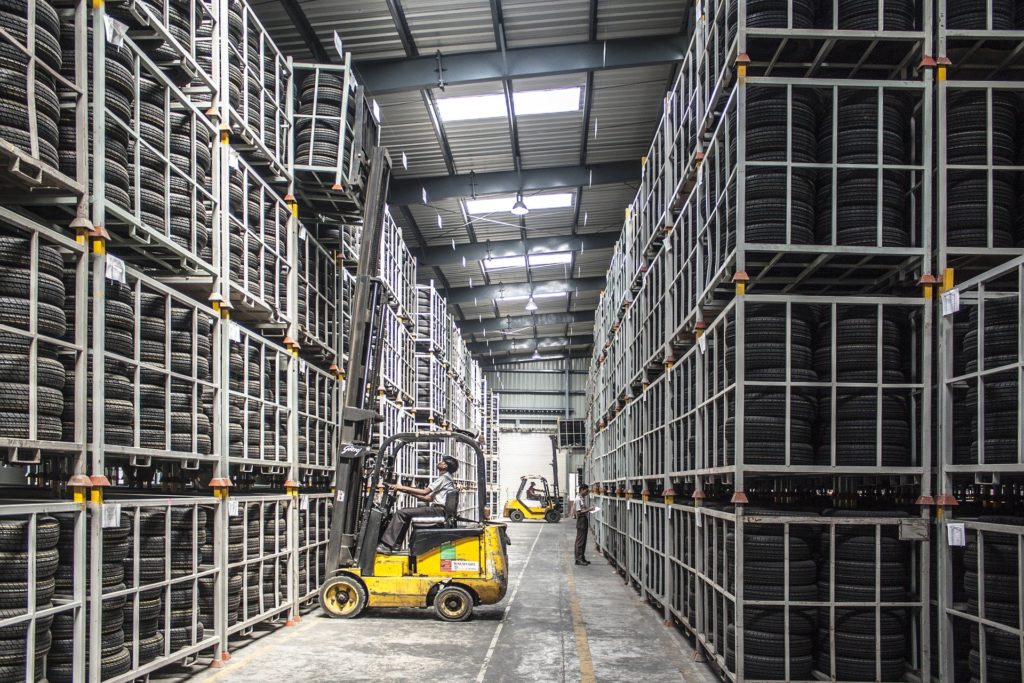Furniture Tip Overs Can Be Avoided

Furniture, appliance, and shelving tip overs cause death and injuries to children. Recently the newspapers, Youtube, and morning television shows were all abuzz about the video that shows the twin toddlers playing in a chest of drawers that tips over. In the video, one of the boys is trapped under the chest and his brother heroically pushes the heavy dresser off his brother. Neither child was injured. It’s a good thing the parents shared this video as it will prevent similar events from happening in the future.
It’s easy to blame the parents. Don’t do it. The manufacturers of furniture and appliances that can be tipped over have a duty to educate and inform. These manufacturers know. IKEA for example, has had a single kind of dresser – its MALM dresser – cause the death of three 2 year olds. Yes, 2 seems to be the magic age for these accidents as the children are strong enough to climb but not avoid entrapment when the item begins to tip. We can’t expect parents to know every danger. But we can expect them to react to dangers they are told about. Manufacturers need to put clear warnings on these products telling parents about the risks and how to prevent tip overs. Manufacturers need to design the products to reduce the risk of tip overs. And manufacturers and retailers need to supply kits to use to connect the products to the walls or cabinets so they will not tip over.
In my own home, although we are well past the toddler stage with our children, I attached our potentially tippy shelves and other furniture to the wall a long time ago. I used wire and screws. I guess being a product liability lawyer made me think about these dangers. But that is what I do. Every day I work on cases in which my clients were injured because the manufacturer did not think, or even worse, did think and did recognize the danger and chose not to act to protect consumers from injury.
Product liability law provides that manufacturers of products that are unreasonably dangerous are liable to consumers who are injured by the products. An unreasonably dangerous product is one that has a danger that can be eliminated without affecting the utility too much. For example, we can’t make a knife less sharp or it would not be very useful. But we can expect manufacturers of chests of drawers that tip over to design them to be stable, to provide kits to make them safe, and to warn us so we will be able to protect our children from dangers most of us never think about.



